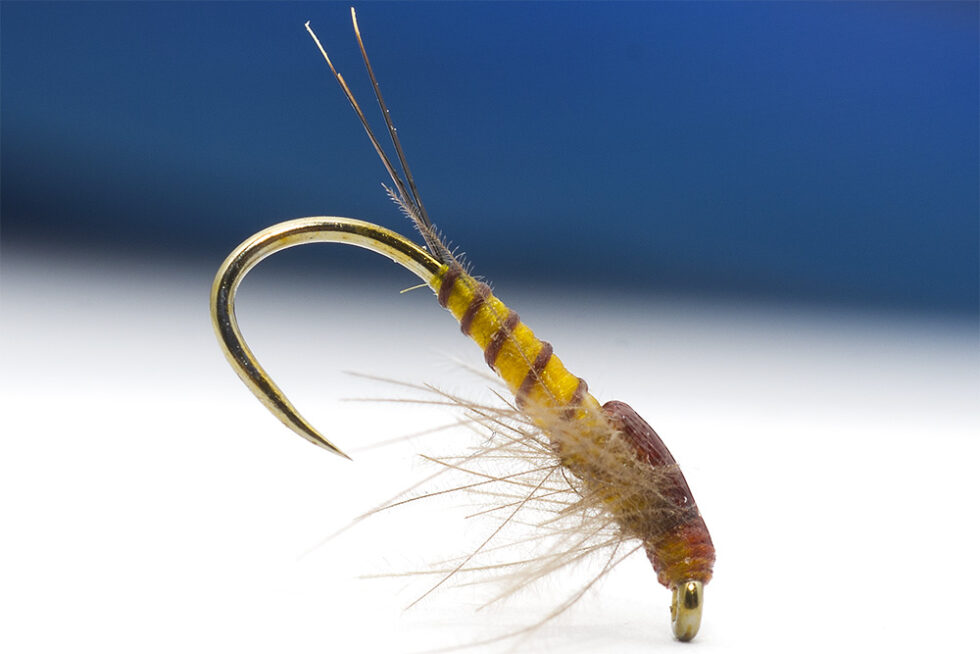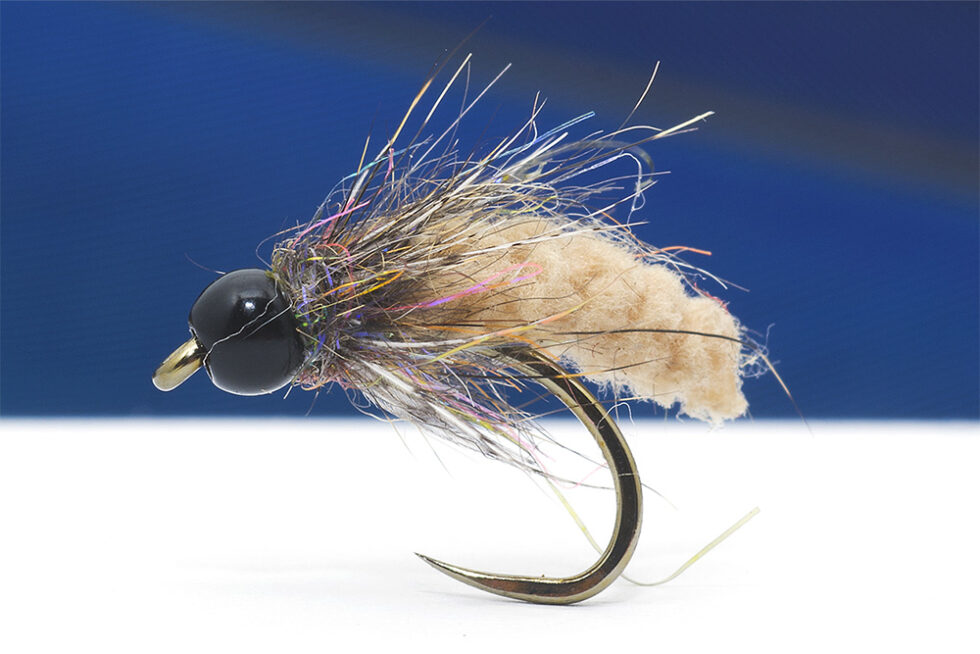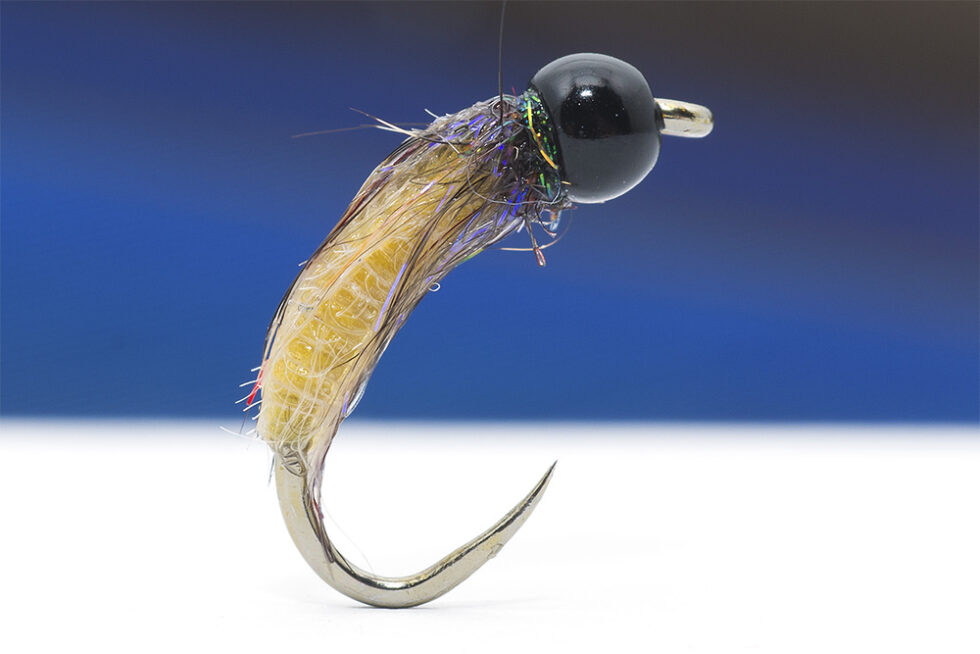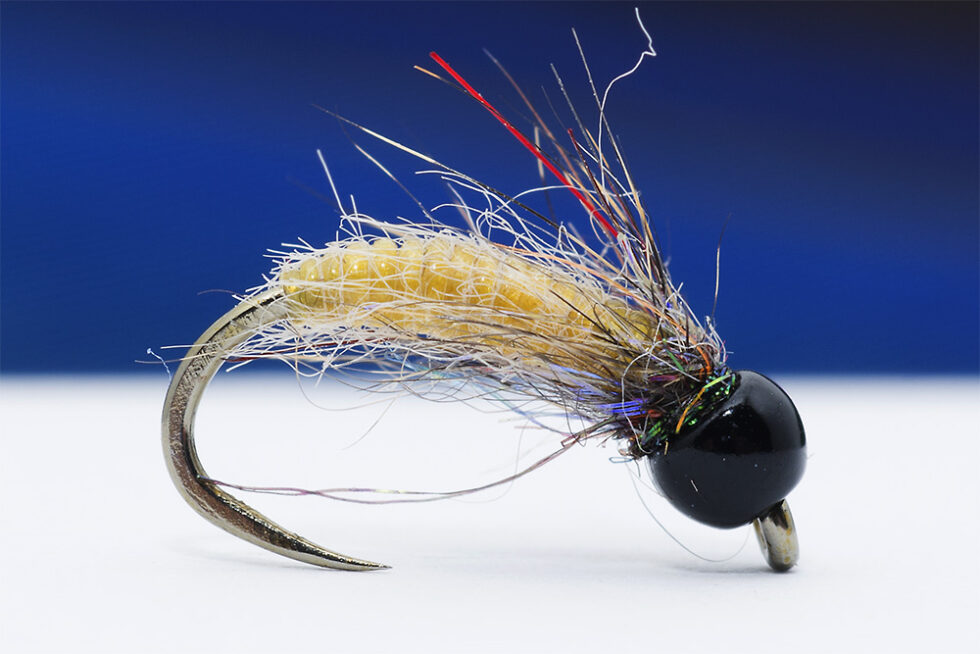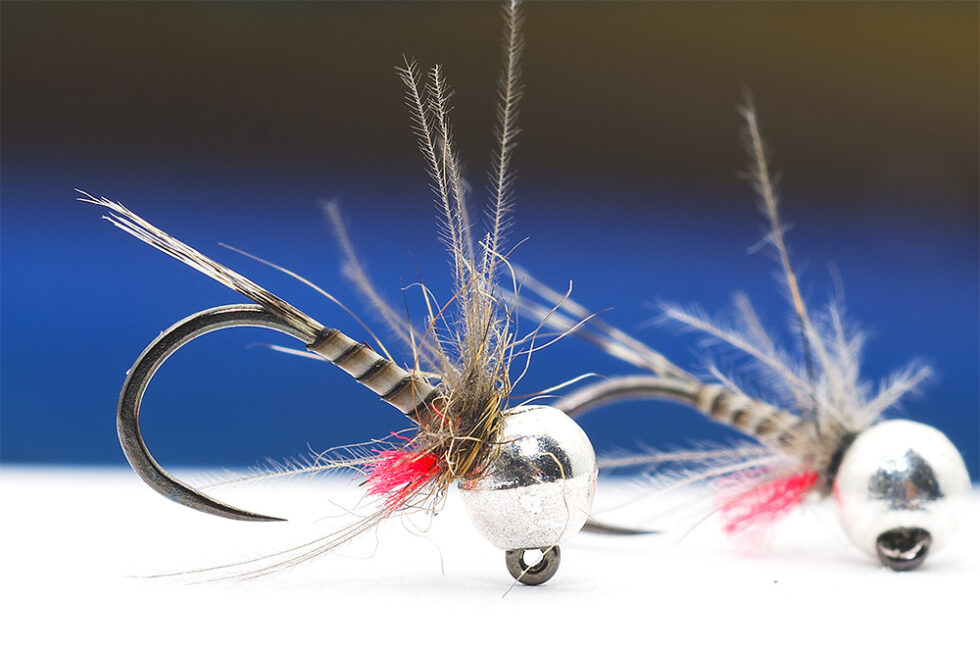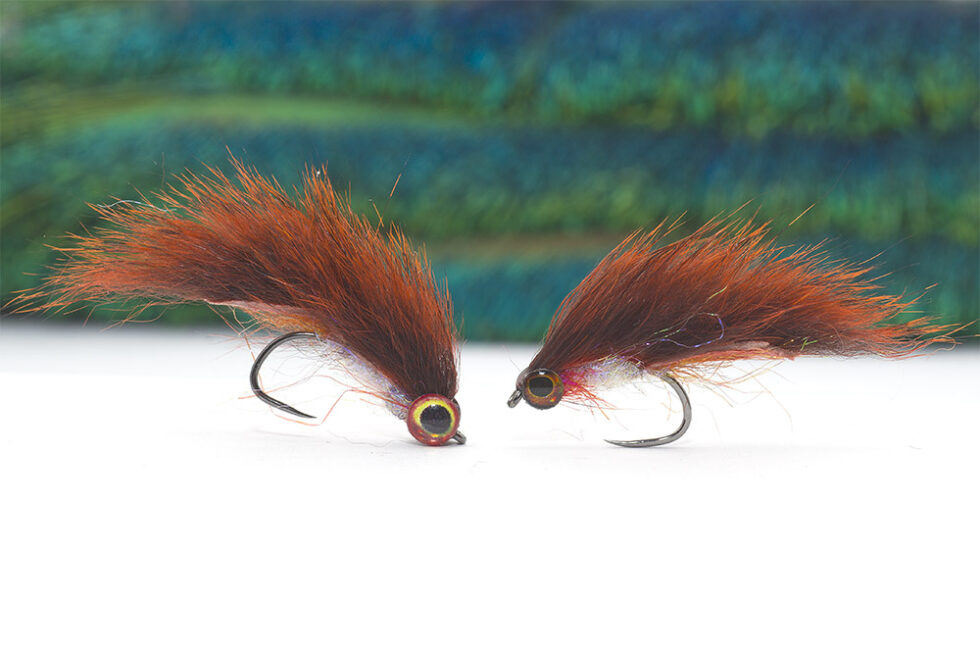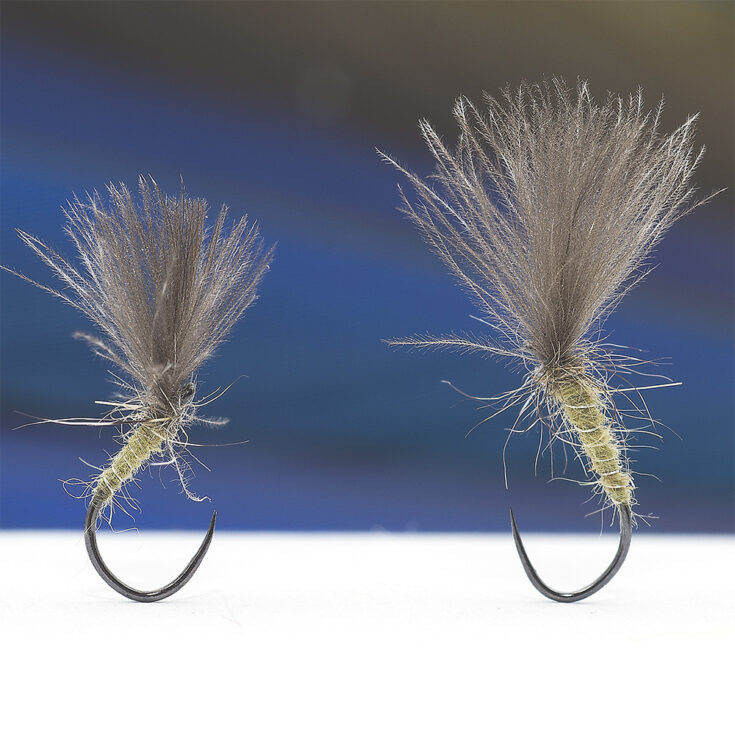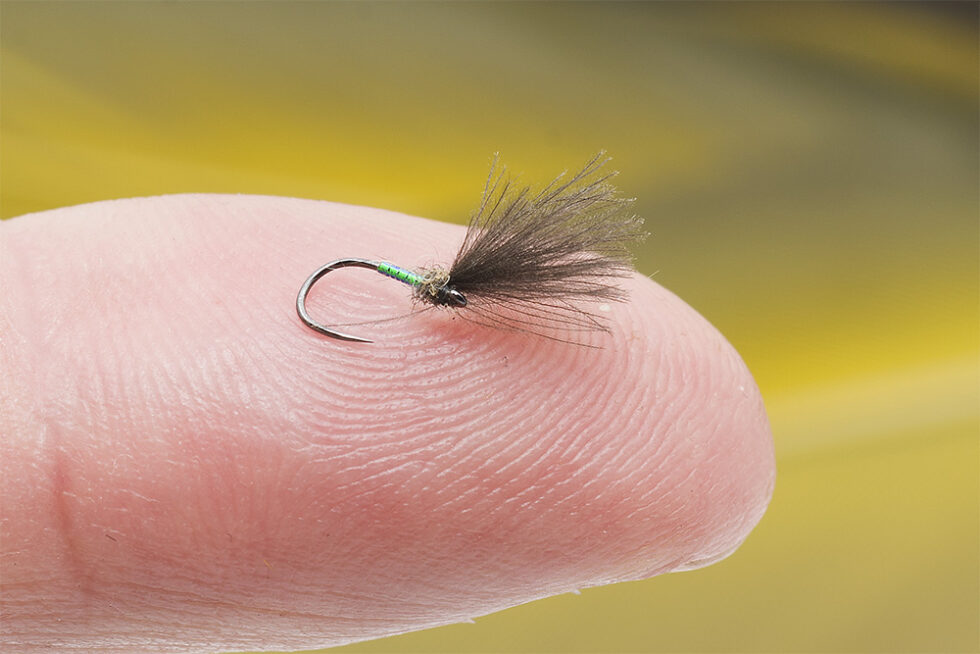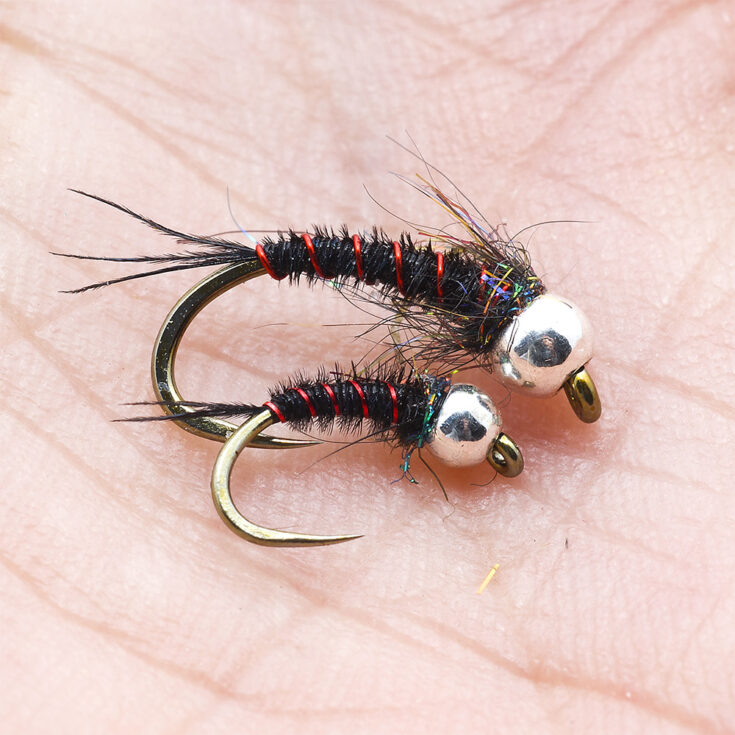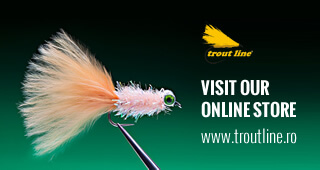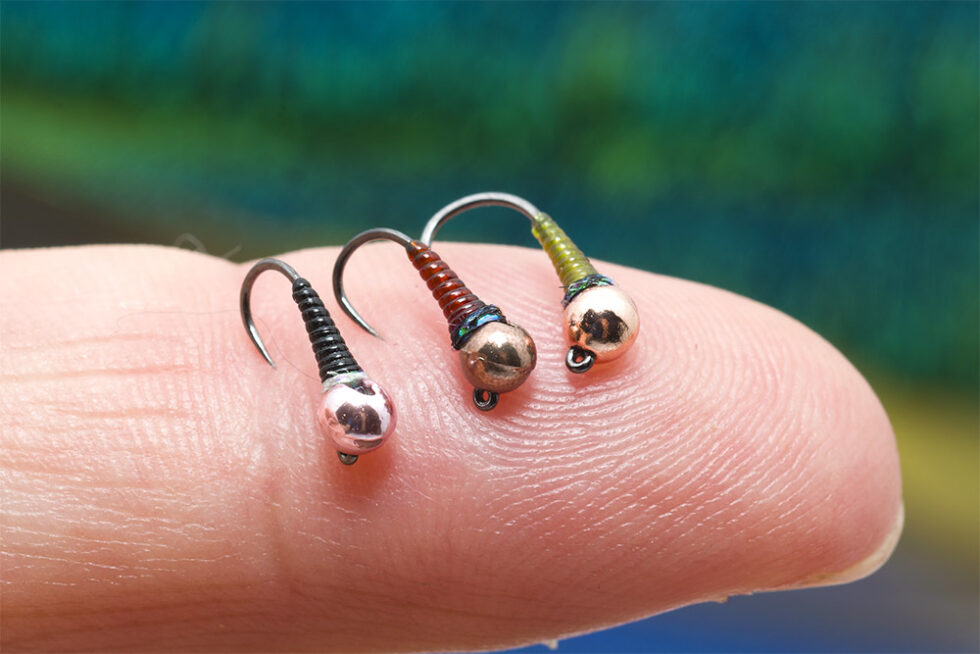
When the water is low, cold, and crystal clear, and the fish are inactive and “attractor” nymphs stop working, I switch to very small flies tied in a minimalist style. I’ve been tying this fly for over 15 years, and it has always been effective in exactly these conditions. Over time, I refined the pattern: I ...

